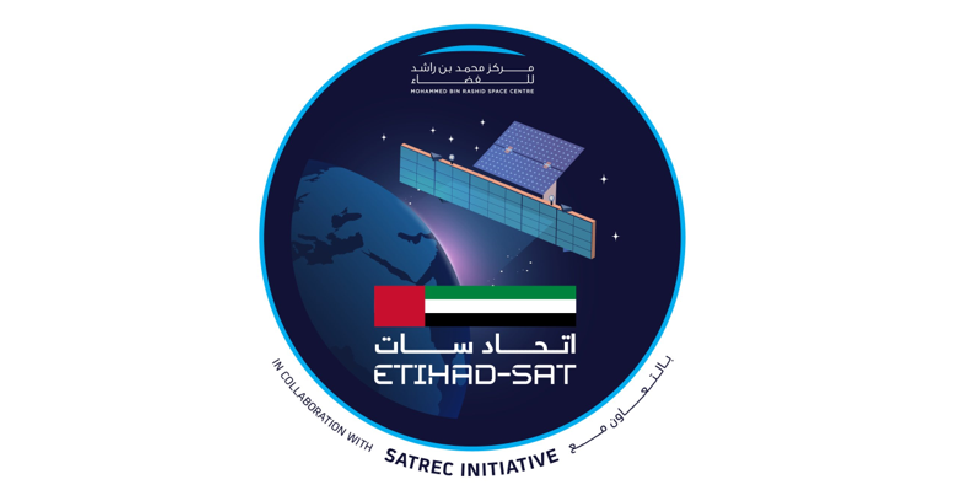
The Mohammed Bin Rashid Space Centre (MBRSC) has revealed details about the upcoming launch of its first Synthetic Aperture Radar (SAR) satellite, Etihad-SAT.
Developed in collaboration with South Korea’s Satrec Initiative, the satellite is set to launch in the first week of March 2025 aboard SpaceX's Falcon 9 rocket from Vandenberg Air Force Base in California, USA.
Etihad-SAT will provide high-precision Earth observation, day or night, in any weather. By using radar signals, the satellite will capture detailed images of the Earth's surface, even through clouds, darkness or rain.
The development of the satellite began two years ago as part of a knowledge transfer programme in collaboration with Satrec Initiative.
The MBRSC team initially focused on defining its specifications and requirements before moving to the preliminary design and technical testing phase to ensure compliance with the highest industry standards.
In the next phase, MBRSC engineers led the final design and manufacturing processes in partnership with experts from Satrec, reinforcing the UAE’s commitment to global collaboration in space technology.
The SAR technology enables uninterrupted, consistent data collection to support a variety of industries, from detecting oil spills and managing natural disasters to enhancing maritime navigation, supporting smart agriculture, and conducting environmental monitoring.
Etihad-SAT will offer three imaging modes: spot mode for high-resolution imaging, scan mode for large-area coverage, and strip mode for extended observation.
The Mohammed Bin Rashid Space Centre (MBRSC) announces details of the launch of its first Synthetic Aperture Radar (SAR) satellite, Etihad-SAT. The satellite developed in partnership with South Korea’s Satrec Initiative is scheduled for launch in the first week of March 2025… pic.twitter.com/5LGpIDIN69
— Dubai Media Office (@DXBMediaOffice) February 27, 2025

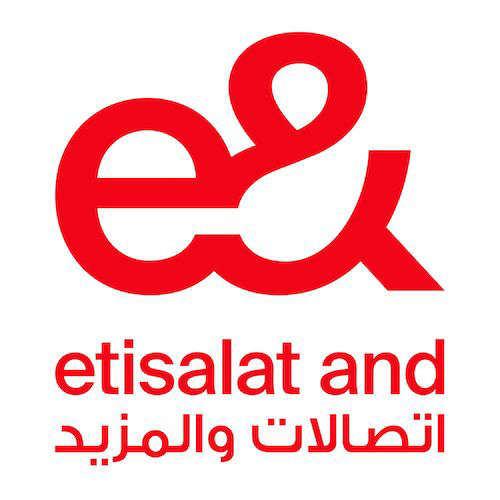

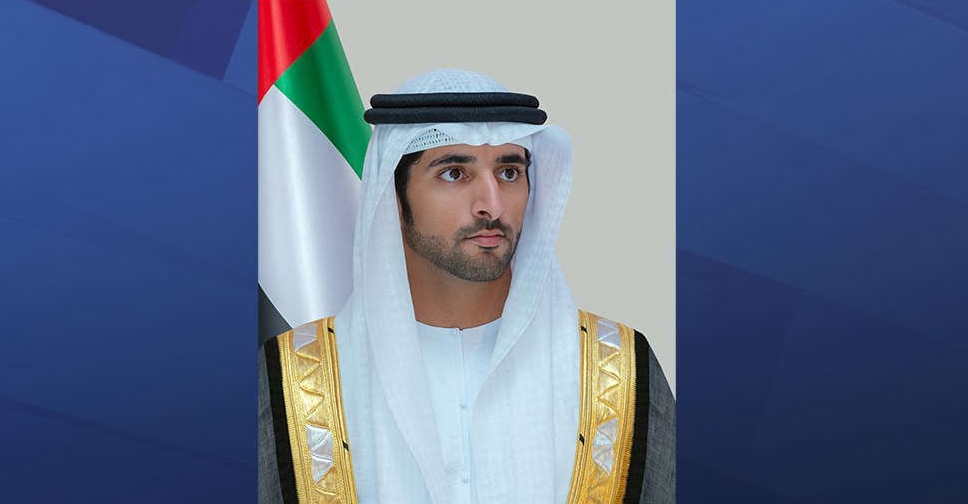 Golden Visas granted to long-serving Dubai Health nurses
Golden Visas granted to long-serving Dubai Health nurses
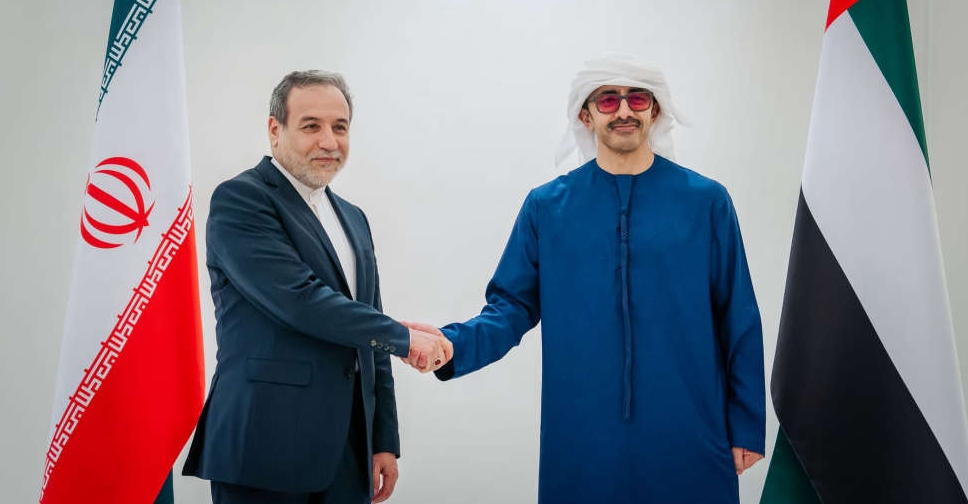 UAE, Iran discuss boosting bilateral ties during Abu Dhabi meeting
UAE, Iran discuss boosting bilateral ties during Abu Dhabi meeting
 Dubai Media Council granted 'enhanced powers and broader mandate'
Dubai Media Council granted 'enhanced powers and broader mandate'
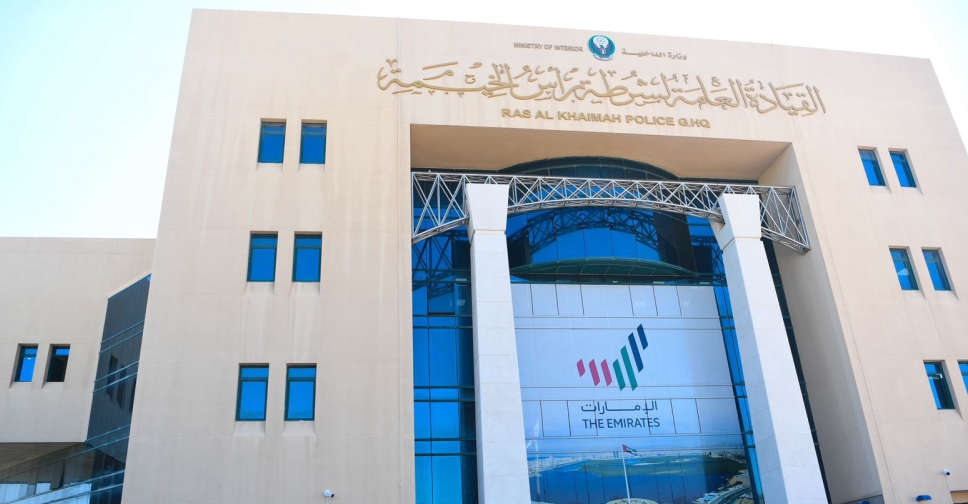 റാസൽഖൈമയിൽ ഗതാഗത തർക്കത്തിൽ മൂന്ന് സ്ത്രീകൾ കൊല്ലപ്പെട്ടു; പ്രതിയെ അറസ്റ്റ് ചെയ്തു
റാസൽഖൈമയിൽ ഗതാഗത തർക്കത്തിൽ മൂന്ന് സ്ത്രീകൾ കൊല്ലപ്പെട്ടു; പ്രതിയെ അറസ്റ്റ് ചെയ്തു
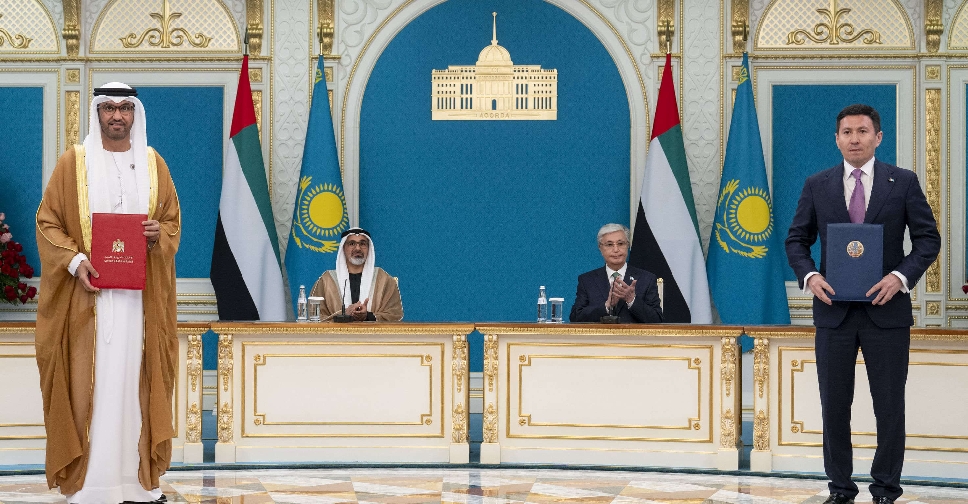 UAE, Kazakhstan strengthen partnership across key sectors
UAE, Kazakhstan strengthen partnership across key sectors
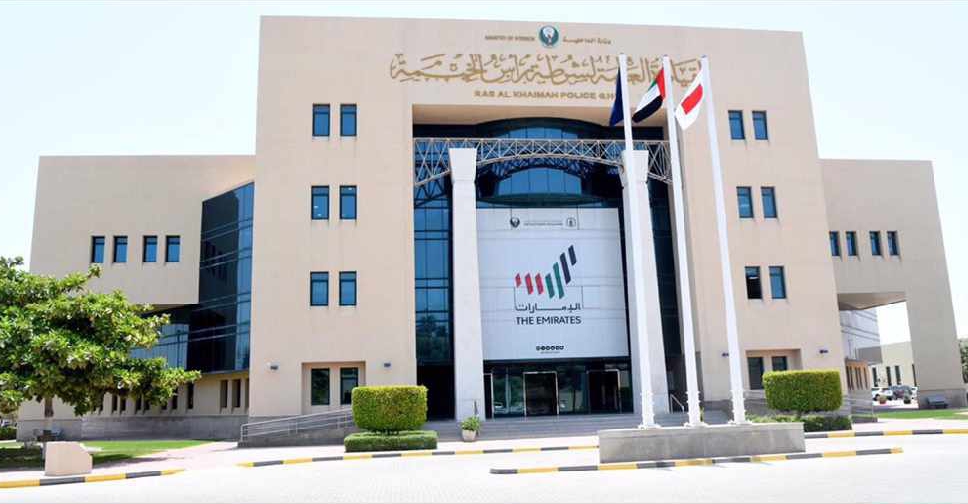 Three women killed in Ras Al Khaimah traffic dispute; suspect arrested
Three women killed in Ras Al Khaimah traffic dispute; suspect arrested
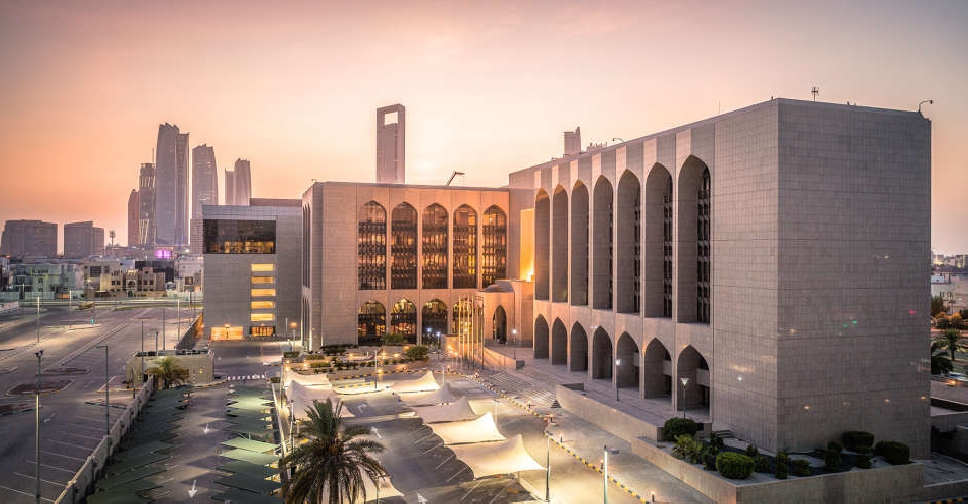 Five insurance brokers sanctioned in UAE compliance drive
Five insurance brokers sanctioned in UAE compliance drive
 Abu Dhabi Crown Prince begins official visit to Kazakhstan
Abu Dhabi Crown Prince begins official visit to Kazakhstan



